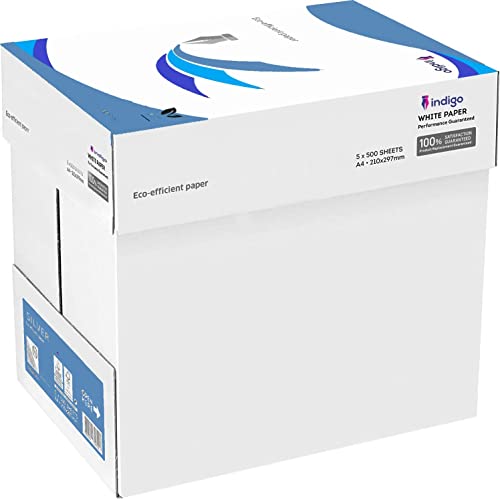Yes, you can use printer paper for origami
Origami is the ancient Japanese art of paper folding, and it can be a fun and creative way to spend your time. If you’re just starting out or simply don’t have any specialty origami paper on hand, using regular printer paper is a perfectly fine alternative. While using printer paper for origami may not give you the same results as using origami paper, it can still be a great way to practice your folding techniques and create impressive designs. In this article, we will explore the pros and cons of using printer paper for origami and provide some tips for getting the best results.
The advantages of using printer paper for origami
Using printer paper for origami has several advantages. First and foremost, printer paper is widely available and usually inexpensive, making it a convenient option for beginners or casual origami enthusiasts. You can easily find printer paper in your office, school, or even at home. Additionally, printer paper is usually thin and lightweight, which makes it easier to fold and manipulate into various shapes. It can be a great material for practicing intricate folds and techniques.
The disadvantages of using printer paper for origami
While there are advantages to using printer paper for origami, there are also some disadvantages to consider. One of the main drawbacks is that printer paper is typically not square-shaped like origami paper. Origami paper is usually cut into perfect squares, which allows for more precise folding and better results. Printer paper, on the other hand, is rectangular and may require some cutting or trimming to achieve the desired square shape. Additionally, printer paper may be thicker and less flexible than origami paper, which can make certain folds more challenging to execute.
Tips for using printer paper for origami
If you decide to use printer paper for origami, here are some tips to help you get the best results:
- Start with a larger sheet of paper: Printer paper is typically smaller than traditional origami paper, so starting with a larger sheet can compensate for any size limitations.
- Cut or trim the paper to a square shape: To replicate the square shape of origami paper, you may need to cut or trim your printer paper using scissors or a paper cutter. Take your time and measure carefully to ensure an accurate square shape.
- Practice with simple designs: Since printer paper may be less flexible than origami paper, it’s a good idea to start with simple designs that require fewer folds. As you gain more experience, you can move on to more complex origami designs.
- Experiment with different weights of printer paper: Printer paper comes in various thicknesses or weights, so consider trying different types to find one that works best for your origami projects. Thinner paper is generally easier to fold, but thicker paper can provide more durability and structure to your creations.
- Consider adding color or decoration: Printer paper is often plain white, but you can add color or decoration to your origami creations using markers, colored pencils, or even watercolors. This can enhance the aesthetic appeal of your designs.
In conclusion
While origami paper is the preferred choice for origami projects, using printer paper can certainly be a viable option, especially for beginners or when origami paper is not readily available. Printer paper is easily accessible, affordable, and can be used to practice basic folding techniques. However, it’s important to keep in mind the limitations of printer paper, such as its rectangular shape and potential thickness. With some modifications and adjustments, you can still enjoy the art of origami using printer paper and create beautiful folded creations.






